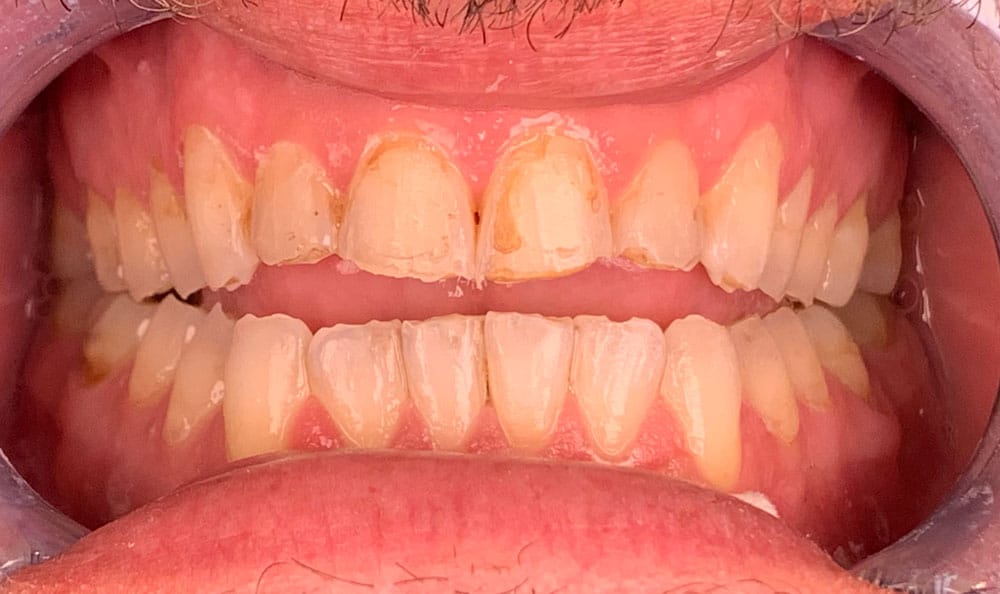How To Get A Root Canal Without Pain?
How intrusive are some dental procedures? Many people worry excessively about them. Although you cannot stop root canal procedures from being invasive, you can avoid experiencing pain levels that cause anxiety. Many root canal treatments have been carried out successfully throughout the years without causing any pain to the patients. That might also be your tale.
How Does a Painless Root Canal Treatment Process Work?
Your local root canal procedure will be uncomfortable if the required treatment procedures are not followed. The procedure's invasive nature stems from its focus on treating the interior layers of teeth. The drugs you take and the equipment you use for your treatment will have a significant impact on how well it goes and how painless the root canal process is.
It Includes
Cleaning: For therapy to be successful, the damaged areas of your tooth must be removed. The dentist will remove bacteria from your teeth and repair damaged tissue. These consist of additional soft tissues, nerve endings, and blood vessels.

Shaping and filling: The root pulp must be reshaped to replenish the removed contents. To help seal the root, a filler called gutta-percha—a substance that resembles plastic—is utilized.
In dentistry, sedation and local anesthetics are used to help patients overcome their anxiety related to dental procedures and to encourage tranquility and quiet. Typically, a local anesthetic is required to numb your mouth, immediately reduce discomfort, and guarantee that you won't have any pain while receiving dental care.
Drilling: To access the pulp chamber of the infected tooth and remove decay, the dentist employs a specialized tool. The tooth's infected root can be accessed through the little incision.
Is This a Pricey Procedure?
A root canal will come with a higher price tag when compared to a regular tooth filling. Nevertheless, the cause is that root canal treatment are labor-intensive and typically require two dental appointments to complete. In addition, treating the insides of your teeth needs a complex process called endodontics, which calls for specialized dental instruments and methods. This could represent the total cost of your care.

What transpires following a root canal?
Your provider can recommend taking a short break before departing the dentist's or physician's offices. Your tongue and gums may remain numb for up to an hour after the anesthesia wears off. While that's happening, some people prefer to relax at home, while others elect to continue their regular activities.
For the dentist to prepare your tooth for a dental crown and then install the crown on your tooth, you will usually need two additional consultations.
How long does a root canal take?
The number of roots and the extent of the infection determine how long a root canal takes.
A straightforward root canal treatment usually requires one to two visits. Each session will run anywhere from thirty to ninety minutes on average. Since molars can have up to four roots and need treatment for up to four canals, they often take the longest. If you need a dental crown, the crown placement will take longer.
To wrap it up
Do you ever consume cold or hot liquids and feel tingling in one of your teeth? Do you feel like your toothache won't go away? These could be indicators that you require root canal therapy for an infected tooth. If you experience persistent Root Canal Infection, it's crucial to consult a dentist because many infections don't go away on their own.
Comments
Post a Comment